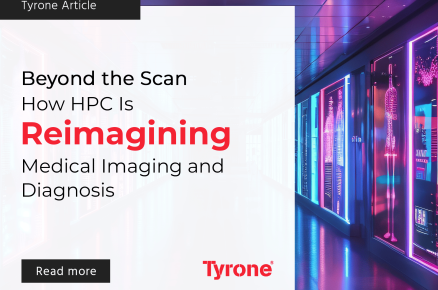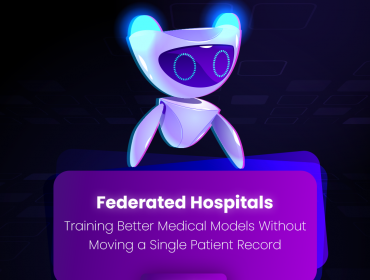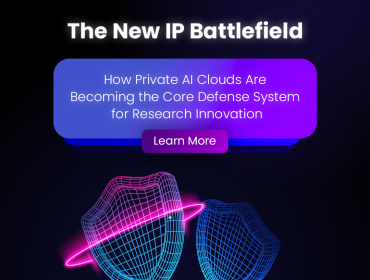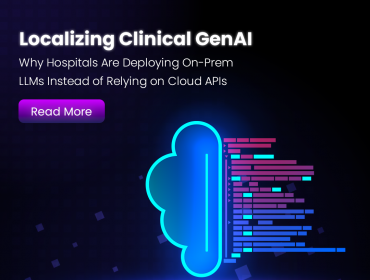Welcome to an era where technology has revolutionized every aspect of our lives, including education. One of the remarkable advancements in the educational landscape is the implementation of virtualization. The learning experience has been completely transformed with virtualization, providing students and educators with unparalleled opportunities. In this article, we will delve into the world of virtualization in education, exploring its benefits, challenges, and future prospects. So fasten your seatbelts and get ready to embark on a virtual journey of knowledge!
Virtualization in Education: The Basics
What is virtualization in education?
Virtualization in education refers to the utilization of virtual technologies to create simulated learning environments that replicate real-world scenarios. It involves the creation of virtual classrooms, virtual laboratories, and other interactive platforms that enable students to engage in immersive learning experiences.
How does virtualization work in education?
Virtualization in education is made possible through the integration of various technologies such as virtual reality (VR), augmented reality (AR), and mixed reality (MR). These technologies simulate real-world environments, enabling students to interact with digital content, objects, and scenarios as if they were physically present.
Why is virtualization important in education?
Virtualization in education offers numerous benefits, including enhanced student engagement, personalized learning experiences, and expanded educational opportunities. It bridges the gap between theoretical knowledge and practical application, allowing students to develop critical thinking, problem-solving, and decision-making skills in a realistic setting.
Benefits of Virtualization in Education
Enhanced student engagement and motivation
With virtualization, students are actively involved in the learning process, as they become immersed in interactive and dynamic virtual environments. This increased engagement and motivation lead to improved retention of information and a deeper understanding of the subject matter.
Personalized and adaptive learning experiences
Virtualization enables educators to tailor the learning experiences to individual students’ needs and preferences. Through adaptive technologies, virtual platforms can analyze student performance and provide personalized feedback and guidance, allowing learners to progress at their own pace.
Access to diverse educational resources
Virtualization breaks down physical barriers, providing students with access to a wide range of educational resources regardless of their geographical location. Students can explore historical landmarks, conduct scientific experiments, or interact with experts from around the world, all from the comfort of their classrooms.
Safe and cost-effective learning environments
Virtualization eliminates the need for physical infrastructure, reducing costs associated with traditional educational setups. Additionally, it provides a safe environment for students to engage in potentially hazardous activities or experiments without any real-world risks.
Collaboration and global connectivity
Virtualization fosters collaboration among students and encourages global connectivity. Through virtual classrooms, students from different parts of the world can connect, exchange ideas, and work together on projects, promoting cultural understanding and preparing them for the globalized workforce.
Real-world application and skills development
Virtualization offers students the opportunity to apply theoretical knowledge in practical scenarios, facilitating the development of essential skills required in the professional world. Simulated environments allow learners to experiment, make mistakes, and learn from them, leading to better skill acquisition and readiness for future careers.

Challenges of Virtualization in Education
Technical infrastructure and connectivity limitations
Implementing virtualization in education requires robust technical infrastructure and reliable internet connectivity. Many educational institutions, particularly in remote areas, may lack the necessary resources and face challenges in providing seamless virtual learning experiences.
Training and professional development for educators
To effectively integrate virtualization into the curriculum, educators need proper training and professional development opportunities. Acquiring the necessary skills to navigate virtual platforms and deliver engaging virtual lessons is crucial for maximizing the benefits of virtualization.
Accessibility and equity concerns
Virtualization in education can inadvertently exacerbate existing inequalities if not implemented thoughtfully. It is essential to ensure that all students, regardless of their socioeconomic background or physical abilities, have equal access to virtual learning resources and technologies.
Privacy and security considerations
Virtualization involves the collection and storage of student data, which raises concerns about privacy and security. Educational institutions must establish robust protocols and safeguards to protect student information and ensure compliance with data protection regulations.
Overcoming the digital divide
The digital divide refers to the gap between those who have access to digital technologies and those who do not. Virtualization in education can contribute to bridging this divide by providing equal opportunities for all students to access quality education, regardless of their economic circumstances.
Balancing virtual and physical learning experiences
While virtualization offers numerous benefits, it is essential to strike a balance between virtual and physical learning experiences. Face-to-face interactions, hands-on activities, and socialization are crucial aspects of education that should not be entirely replaced by virtual environments.
FAQs about Virtualization in Education
Q: How can virtualization benefit students with disabilities?
A: Virtualization can provide students with disabilities access to inclusive and adaptable learning environments. Through virtual platforms, students can engage in interactive experiences that accommodate their specific needs, enhancing their learning outcomes.
Q: Can virtualization replace traditional classrooms entirely?
A: While virtualization offers significant advantages, it is unlikely to entirely replace traditional classrooms. Physical classrooms provide valuable social interactions, hands-on experiences, and personalized guidance that are challenging to replicate in virtual environments.
Q: Are there any age restrictions for virtualization in education?
A: Virtualization can be beneficial for learners of all ages, from early childhood education to lifelong learning programs. However, the level of complexity and the tools used may vary based on the age and developmental stage of the students.
Q: What are the potential ethical considerations of virtualization in education?
A: Ethical considerations in virtualization include data privacy, security, and responsible use of virtual technologies. Educational institutions must establish ethical guidelines and policies to ensure the responsible and ethical implementation of virtualization.
Q: How can virtualization improve STEM education?
A: Virtualization offers unique opportunities for immersive and hands-on learning in science, technology, engineering, and mathematics (STEM) fields. Students can explore complex scientific concepts, conduct virtual experiments, and gain practical skills in a safe and controlled environment.
Q: What does the future hold for virtualization in education?
A: The future of virtualization in education is promising, with continued advancements in technology and increased accessibility. Virtual and augmented reality are expected to play a significant role in transforming the learning experience, providing more interactive and immersive educational opportunities.

Conclusion
Virtualization in education is revolutionizing the way we learn and teach. It brings the world into the classroom and empowers students with engaging, personalized, and real-world learning experiences. Although there are challenges to overcome, the benefits of virtualization are undeniable. As we move forward, it is crucial to embrace the potential of virtualization in education and ensure equitable access to its benefits for all learners. So, buckle up and embrace the exciting possibilities that virtualization brings to the future of education!











